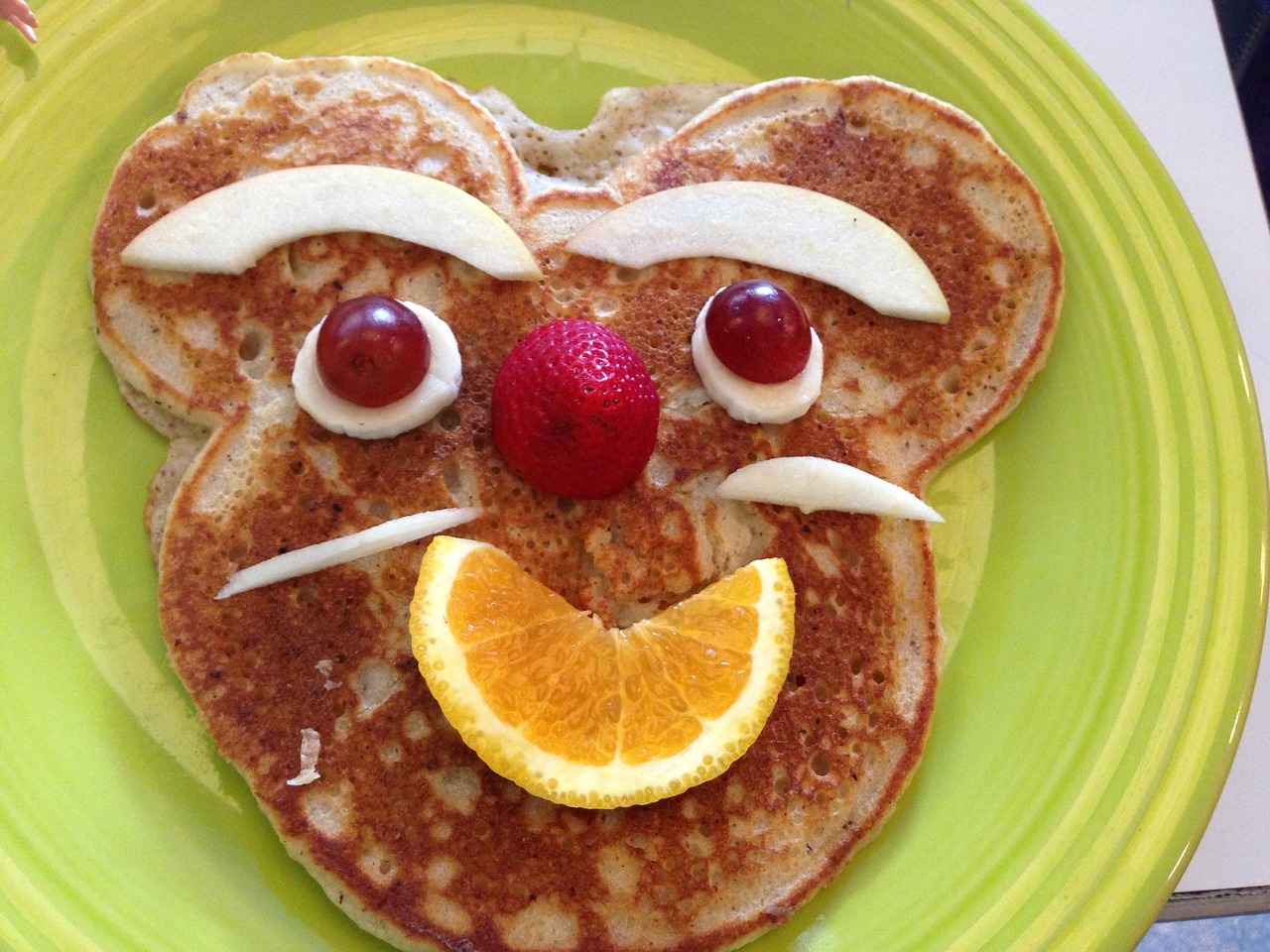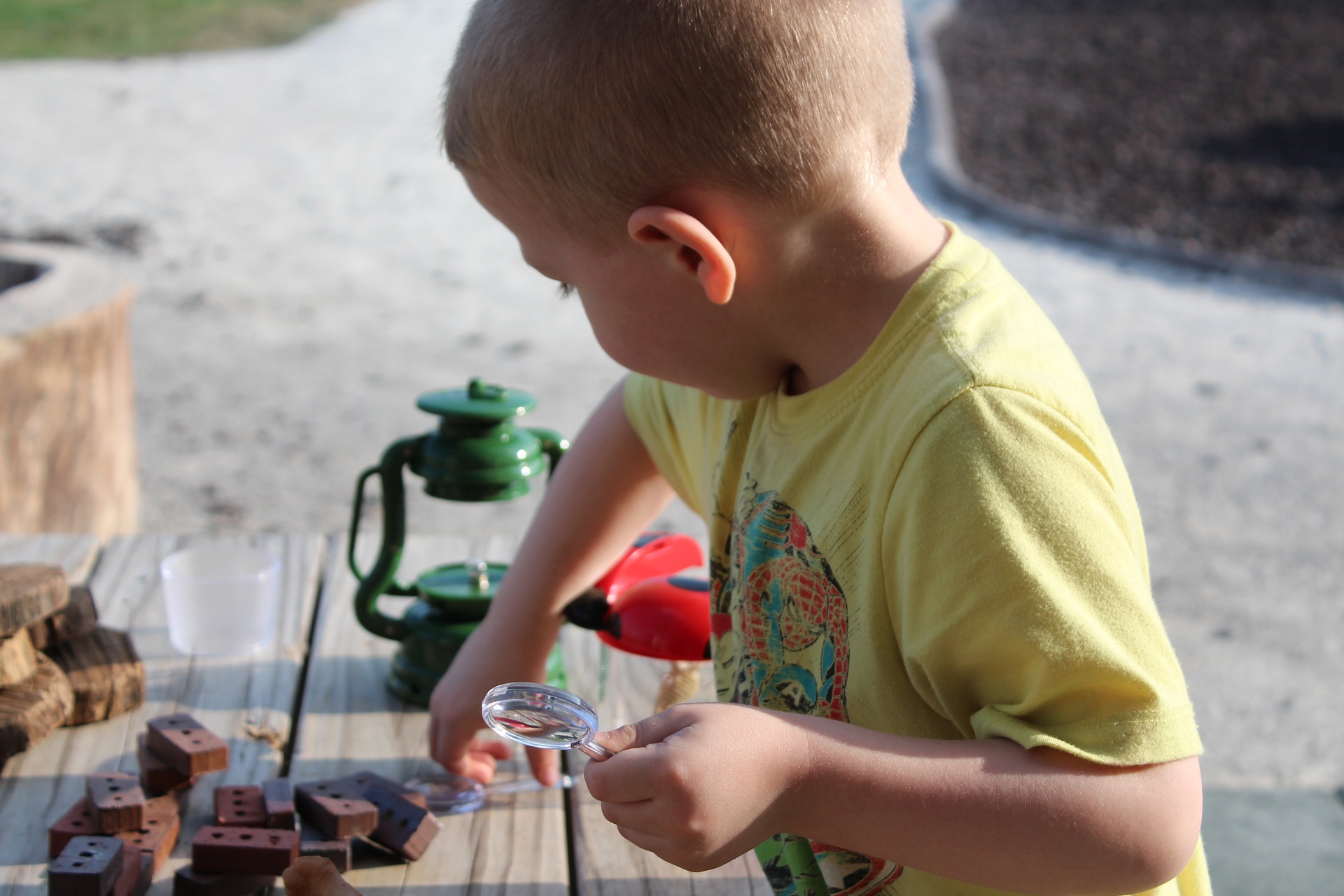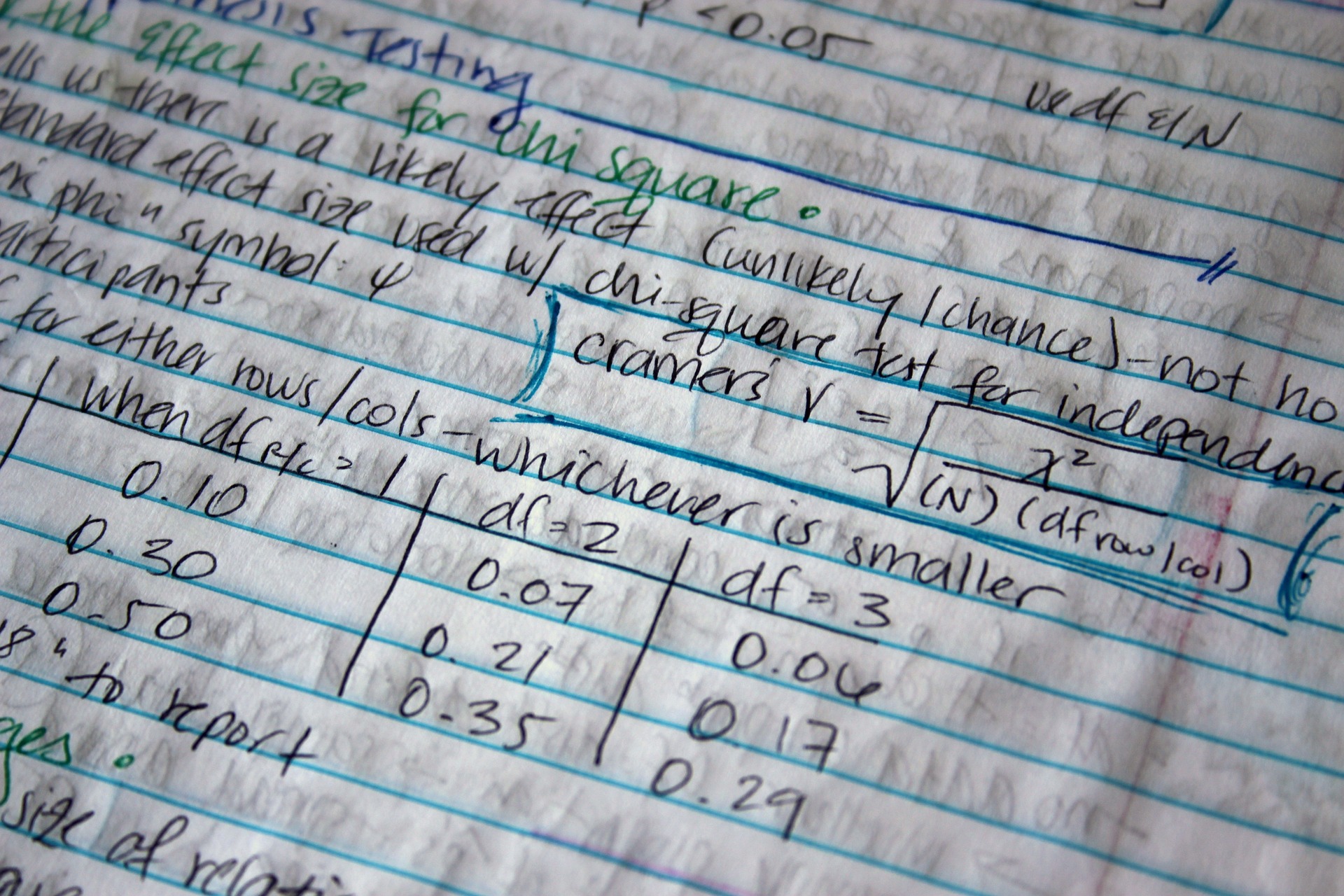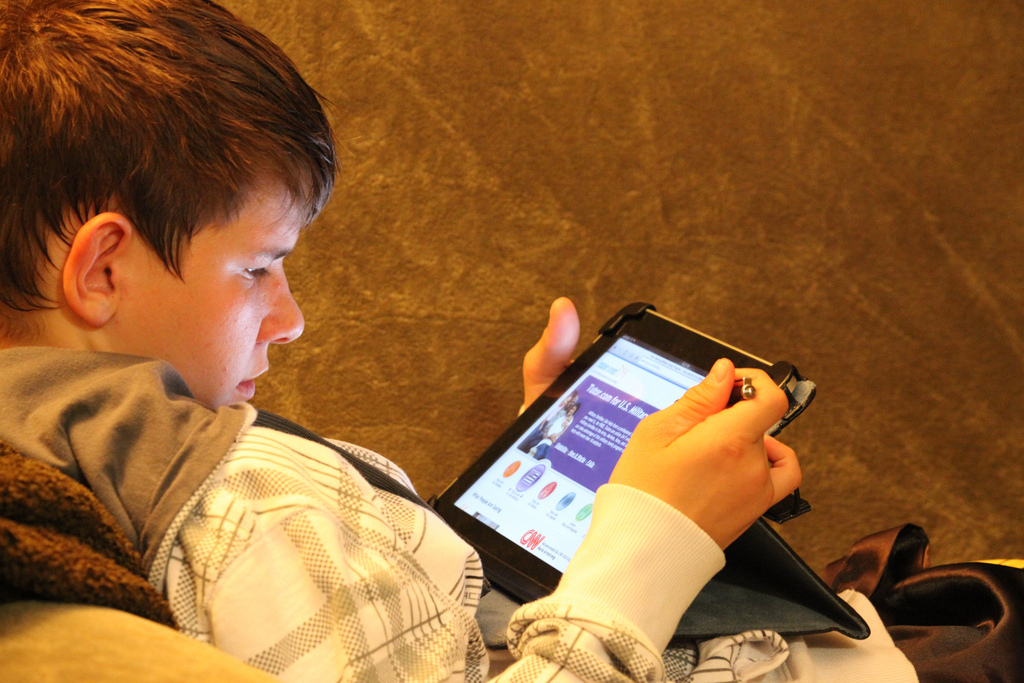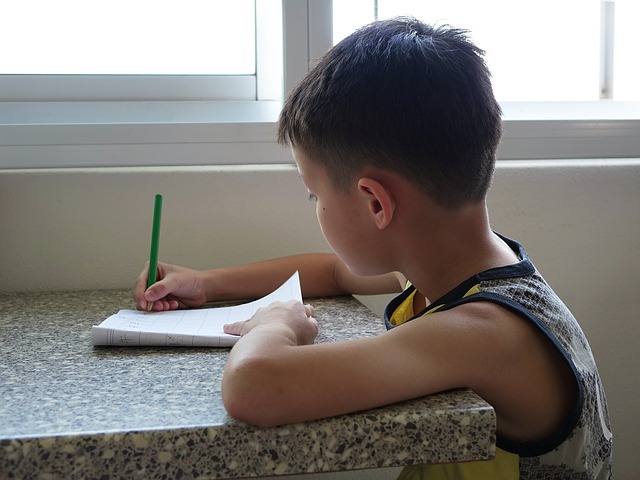Prepping for College: Majors Focused on Math and Science
When you ask kindergarteners what they want to be when they grow up, what are the most common answers? Ballerinas, doctors, firemen, astronauts? As students approach college, the idyllic aspirations of childhood dreams are often left behind, and students find themselves picking more “practical” majors and career paths. Many of the majors chosen by undergraduates require extensive coursework in mathematics and science. Help your students start preparing for their chosen field of study by having a discussion about some of the interesting majors that involve math and science. Perhaps you can help steer your left-brain thinkers towards a career hadn’t even considered!
Pre-Med
The road to becoming a doctor is a long and difficult one. It starts with excelling in 4 years of undergraduate coursework. Then, during their senior year, pre-med students start applying to medical schools, where they will spend another four years studying the human body. After medical school, students must complete a residency program or undergo even more training to become a specialist in a specific field.
Students can start preparing in high school for a future career in medicine by setting a firm foundation in math and science. Encourage students interested in pre-med studies to challenge themselves to take the most difficult AP/IB coursework your school offers in biology, chemistry, and calculus. In college, their base knowledge of these subjects will assist them in completing the hours for Calculus I, Chemistry I and II, Biology, Organismal Biology, Physics I and II, Organic Chemistry I and II, Genetics, Microbiology, Cell Biology, and Biochemistry that most pre-med programs require. Students should also consider starting to do volunteer work at local hospitals and health clinics to start learning more about their field of interest. Though becoming a doctor is difficult, in the end, it is a very rewarding and fulfilling career for most.
Geology
Geology is a field of study that is all about the Earth: its structure and composition, its development, and how it changes. Most universities offer two distinct tracts for geology majors: B.S. in geology and B.S. in geophysics. Geologists learn through direct observation, while geophysicists must have a more extensive knowledge of math and physics to generate mathematical models. After majoring in geology or geophysics, many undergraduates go on to complete their masters or PhD in geology. Following their studies, many graduates will work for environmental consulting agencies, where they ensure compliance with government regulation, or oil companies, where they help maximize the production from their employer’s oil & gas royalty interest. Others will work for non-profits, the government or pursue a life of academia.
While some co-eds joke that geology is “rocks for jocks”, geology is in fact a very math and science intensive major. In preparation for this major, students should take coursework in physics, statistics, and calculus during high school. According to weusemath.org, coursework in college will likely include algebra, geometry, trigonometry, calculus I and II, linear algebra, differential equations, physics and statistics.
Economics
Economics is the social science that studies the production, consumption and distribution of wealth. Most economics majors go on to work in corporate America, while others go on to pursue careers as professors, in government, or even law. Though a “science”, economics requires a solid background in math, so students should focus on taking as much math as possible in high school. In college, they will be expected to complete coursework in algebra, trigonometry, geometry, calculus I and II, game theory, and statistics. Additionally, they will take classes in subjects including macroeconomics, the study of broad cycles and trends in the economy, and microeconomics, the study of how individuals spend their resources.
Students may have learned about famous economists in their history class which include Adam Smith, who championed free trade and private enterprise (capitalism) and Karl Marx, author of the controversial Communist Manifesto.
This short list is just a start to spur your students towards a math and science-heavy major. We’d welcome your feedback to include other majors in future posts on this topic!
How to Teach Kids Math Through Cooking
Children hate sitting down at the kitchen table to work on their math skills over summer break. Using fun cooking and baking activities is a great way to break through the resistance to summer studying and sharpen those math skills before fall. Here’s how!
Keep It Age Appropriate
While the little ones may not be able to perform measurement conversions they can certainly still participate. Let them focus on counting (e.g. how many eggs, counting teaspoons or cups, etc.), comparing (e.g. which cake layer is bigger, which measuring cup holds more, etc.) and identifying shapes and patterns. Click here for some creative math ideas you can incorporate with your preschoolers.
The bigger kids can handle some bigger math challenges. Maybe the ¾ measuring cup accidentally gets “misplaced” and they have to figure out how to get the right measurements with the cups they have left. Older kids can also be challenged with following recipe directions which can aid in the dreaded math word problem. Students in grades 1-4, will gobble up the book Eat Your Math Homework: Recipes for Hungry Minds. This bestseller teaches inquisitive minds everything from the Fibonacci sequence to Pi, through engaging and tasty recipes.
Involve the Whole Family
Meal delivery services like those offered by Plated, Green Chef, and other companies allow you to involve the whole family in the cooking process. Receive pre-portioned meals with complete instructions for cooking, so there’s less prep work for you! At our house, we’ve found Blue Apron meals to be the most cost effective option. The 4-person meal packages with Blue Apron cost $8.74 per serving, which for us is much cheaper than going out and loads more fun. Let your older children take turns reading the recipe cards and keep them engaged with questions about volume and measurement, like “If we wanted to double this recipe, how many cups of rice would we need?” or “How many tablespoons are in a cup?”. Let younger children assist with organizing the ingredients for each recipe by saying things like, “We’ll need 5 garlic cloves for this recipe; can you count out 5 for me?”.
Play with Your Food
Cutting finger foods into fun shapes and letting the kids put them together to make new shapes is a great way to encourage problem-solving skills. Try creating shapes and patterns and then have the kids try to copy it. See what shapes they can come up with on their own. Challenge the older kids with cutting out various and complicated shapes for the littles to use as puzzle pieces.
Experiment with Volume and Matter
The kids will have fun learning about volume by seeing how batter fills a shallow bowl versus a deep bowl. A lot of dishes will get dirty but it’s fun to see how the amount of the batter never changes even though it can look like more in one bowl and less in another.
Kids love to get messy and feeling bread dough change from a liquid to a semi-solid can be a fun and messy way to see how even though it changes shape, the amount never changes.
Keep Time
Many kids struggle with telling time. Monitoring the preparation time and the cooking time can be a fun way to learn the concepts of time. Try tackling a baking recipe like this simple one for chocolate cupcakes. Not only is this a great recipe for teaching fractions, but your young scholar can also get some extra practice keeping time. While the cupcakes are baking, get them to try working through some time telling worksheets. You can also have them practice adding times together to figure out the total amount of time for different recipes. For an extra challenge, show your child a sampling of different recipes that are similar to the one you are making and see if they can estimate the required amount of cooking time.
Cooking is a great way to get your kids involved and excited about learning. Not only can they learn different math skills but they will also gain insight into chemical reactions, temperature and its effect on different ingredients all while letting them be creative and explore the world of food. Getting the kids involved in the kitchen is also a great way to get them to try new foods. They are so excited and proud of the food they made they forget its good for them and can’t wait to eat it. Before you know it they’ll be eating their veggies and getting good math grades!
Ideas to Keep Your Young Scholars Learning This Summer
Guest blogger Amy Monroe is a 5th grade math teacher who resides in the suburbs of Dallas, TX with her husband (a professor) and three young children. Passionate about equipping future generations with the educational skillset they’ll need for success, Amy not only teaches children, but also teaches others to teach through her participation in…
Surprising Careers Requiring Math – Movers, Real Estate, Home Services
We’ve all heard it before, “Why do I need to learn this – I’ll never need to know this for my career as a ____”. It’s so common to hear students protesting that the math skills they’re learning in school have no real world application. Even with basic math functions, kids these days are all too eager to rely on their smartphones for all of the answers. As a reminder to your students this fall, you may want to share with them these real world jobs and careers that require more math skills than one would guess. No, we aren’t talking occupations like an accountant or an astrophysicist; those are jobs that obviously require math skills. We’re talking the jobs that most kids assume wouldn’t require them to utilize the math skills they’re forced to learn throughout their education, like the following:
Advertisers
The advertising world has been one glamorized by shows like Mad Men, which depict smooth-talking advertisers sitting around in their plush executive suites using their creative juices to dream up the next epic advertising campaign. However, The Guardian argues that the true driver of advertising isn’t ingenuity and creativity, it’s actually math – “it’s all about data, formulas, statistics, analytics, correlations, patterns, predictive modelling and testing”. Successful marketers must be able to aggregate and analyze data to pivot their advertising strategies, which requires a great deal of applied math.
Movers
At first glance, it might appear that moving professionals need nothing more than some brawn to do the backbreaking work of loading a moving truck. However, an interview with a moving company, the best among Killeen moving companies, revealed that working in the moving industry actually demands a considerable amount of mathematical skills. It all starts in the office, when customers call for a moving quote. Sales agents have to be able to estimate the cost of a move based upon a number of factors, including the size of the household being moved, the distance covered, and more. On the actual moving day, the movers doing the heavy lifting must have a firm grasp of spatial reasoning skills in order to load the truck in a logical manner that maximizes the use of space. According to this study, a student’s ability to use spatial reasoning plays an important role across a broad spectrum of math studies including arithmetic, geometry, algebra and calculus.
Sports Announcers
Being a sports commentator might seem like a glamorous dream job to many kids who grow up passionate about playing sports and have ambitions of being the next Erin Andrews. While commenting on the plays on the football field or the next batter up might seem like an easy job, it can actually involve quite a bit of math. For instance, sports announcers often have to think on their feet when discussing the score or analyzing various outcomes for a given game. On a basic level, this entails being able to quickly add up the new score after a goal or touchdown. On a more advanced level, sports commentators must have a good grip on statistics to be able to analyze what happen next and predict strategy. Is it likely that the next batter up will be able to get on base, or that the team can make an attempt at a two-point conversion? It takes an understanding of statistics to make reasonable predictions.
Carpenters
Many children who enjoy playing with hammers and scrap wood as kids might go on to pursue carpentry as a career. While working with their hands may come naturally, it’s important that students interested in the field of carpentry understand that carpenters use an extensive amount of math in completing their jobs. Carpenters do a wide variety of building work – from cabinet making to constructing the framing for houses and ships. All carpentry requires a great deal of precision to ensure structural integrity and usefulness of whatever is being constructed. As you may have guessed, carpenters use a lot of geometry, relying heavily on formulas like the Pythagorean Theorem, calculations for area and circumference, and even volume.
An Online Math Tutor Can Help Your Child Excel
How Does Online Math Tutoring Work? Math tutors generally work from their homes using the internet to provide students with the help they needs. While there isn’t any actual face to face contact between the student and the math tutor, a good tutor can still help students achieve academic success. Many online tutors work with…
Teach Your Child Math Early
Kids are being left behind because they don’t have adequate math skills, they simply aren’t prepared for math at the high school level. You as a parent can take the initiative to make them more comfortable using math by preparing early. Get them comfortable with math so they are not afraid of it later. If…

